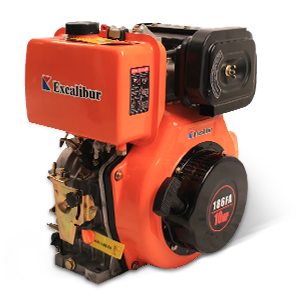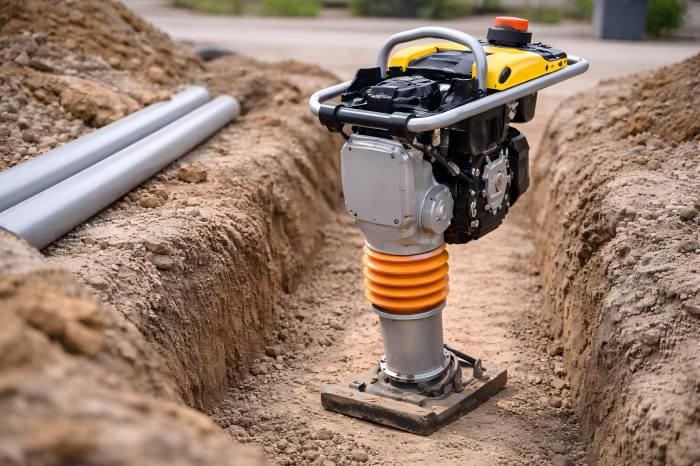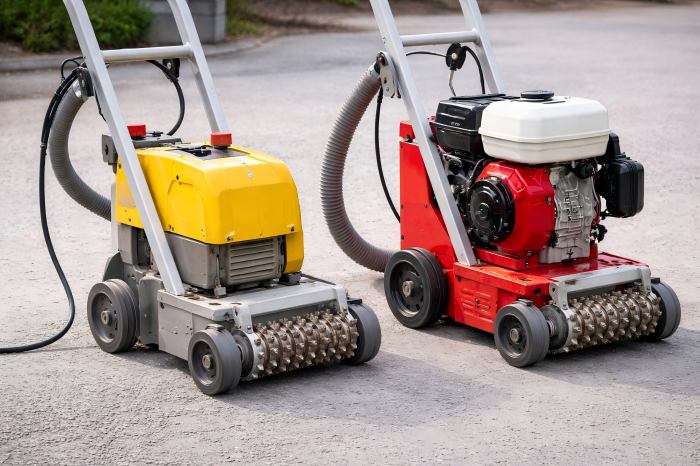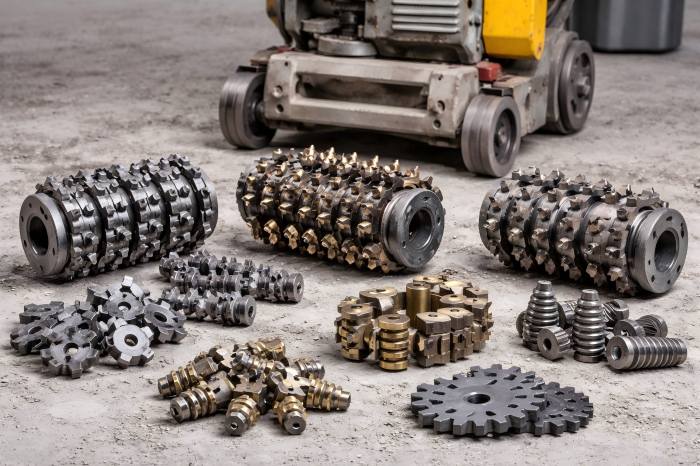When embarking on construction or renovation projects, selecting the appropriate portable cement mixer is crucial for efficiency and quality. One of the most significant factors to consider is the drum capacity, as it directly influences the volume of concrete you can mix per batch.
What Is Drum Capacity?
Drum capacity refers to the total volume of the mixer drum. However, due to the need for adequate mixing space, it’s essential to understand the difference between drum capacity and mixing capacity:
- Drum Capacity: The total volume the drum can hold.
- Mixing Capacity: The actual volume of concrete that can be effectively mixed in a single batch, typically 70–80% of the drum capacity.
For instance, a 350L drum typically allows for a 250L mixing capacity.
Common Drum Capacities and Their Applications
Grasping how drum capacity aligns with project needs is key to choosing the right mixer.
| Drum Capacity (cu. ft.) | Usable Mixing Capacity (cu. ft.) | Ideal Applications |
| 3–5 | 2–3 | Small repairs, post holes, DIY projects |
| 6–9 | 4–6 | Patios, driveways, small slabs |
| 10–12 | 7–8 | Larger slabs, foundations, sidewalks |
| 1.75 yd (47 cu. ft.) | 35 | Large-scale construction, commercial |
Choosing the Right Drum Size for Your Project
Choosing the right drum size depends on the size of your project and the total concrete needed. Here’s a breakdown to guide your decision:
Small DIY Projects (Up to 1 cubic yard or 0.76 cubic meters)
Ideal for tasks like repairing sidewalks, creating small garden features, or setting posts.
- Recommended Drum Capacity: 70L to 125L
- Mixing Capacity: 50L to 90L
- Batch Output: Approximately 0.5 to 1 bag of cement per batch
- Power Source: Electric or small gasoline engines
Medium-Scale Projects (1 to 3 cubic yards or 0.76 to 2.3 cubic meters)
Suitable for tasks such as pouring small foundations, constructing garden walls, or laying patios.
- Recommended Drum Capacity: 125L to 250L
- Mixing Capacity: 90L to 200L
- Batch Output: Approximately 1 to 2 bags of cement per batch
- Power Source: Gasoline or electric engines
Large-Scale Projects (3 to 6 cubic yards or 2.3 to 4.6 cubic meters)
Essential for large-scale projects such as pouring foundations, constructing driveways, or building retaining walls.
- Recommended Drum Capacity: 250L to 500L
- Mixing Capacity: 200L to 400L
- Batch Output: Approximately 2 to 4 bags of cement per batch
- Power Source: Primarily gasoline or diesel engines
Professional and Industrial Projects (6+ cubic yards or 4.6+ cubic meters)
Required for large-scale commercial or industrial construction projects.
- Recommended Drum Capacity: 500L and above
- Mixing Capacity: 400L and above
- Batch Output: 4+ bags of cement per batch
- Power Source: Diesel or high-powered gasoline engines
Cement Mixer Capacity Chart
The following table provides a quick reference to help determine the appropriate drum size based on your project’s requirements:
| Project Type | Drum Capacity (L) | Mixing Capacity (L) | Batch Output (Bags) | Power Source |
| Small DIY Projects | 70–125 | 50–90 | 0.5–1 | Electric/Gasoline |
| Medium-Scale Projects | 125–250 | 90–200 | 1–2 | Electric/Gasoline |
| Large-Scale Projects | 250–500 | 200–400 | 2–4 | Gasoline/Diesel |
| Professional/Industrial Projects | 500+ | 400+ | 4+ | Diesel |
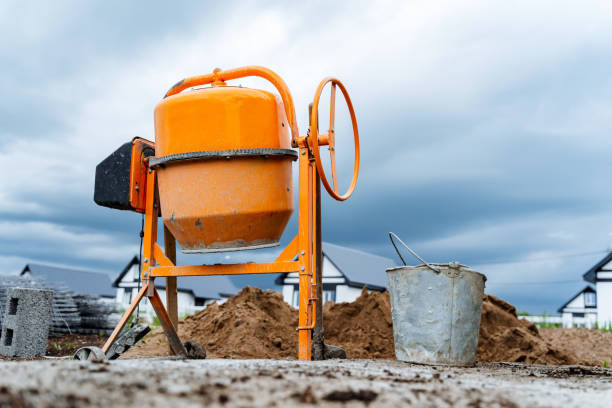
Factors Influencing Mixer Selection
When choosing a portable cement mixer, consider the following factors:
Project Size and Volume
Assess the scale of your project to determine the required volume of concrete. For small tasks like patching or post-setting, a mixer with a 1.5 to 3 cu. ft. drum capacity may suffice. For larger projects like driveways or foundations, mixers with capacities between 6 and 12 cu. ft. are typically required.
Mixer Type
Mixers come in various designs, including:
- Drum Mixers: Typically used for general-purpose mixing.
- Twin-Shaft Mixers: Best for producing high-quality concrete with consistent texture.
- Reversing Drum Mixers: Ideal for large projects requiring continuous mixing.
Power Source
Portable cement mixers can run on electricity, gasoline, or diesel. Electric mixers are ideal for indoor or residential use, while gasoline or diesel models are more suitable for outdoor or remote areas.
Portability and Storage
Consider the weight and design of the mixer for ease of transportation and storage. Models with wheels and compact designs offer better mobility and require less storage space.
Estimating Concrete Requirements
To determine the amount of concrete needed for your project, use the following formula:
Volume (cu. ft.) = Length (ft.) × Width (ft.) × Depth (ft.)
For example, for a slab measuring 10 ft. by 10 ft. with a depth of 0.5 ft.:
Volume = 10 × 10 × 0.5 = 50 cu. ft.
Since 1 cubic yard equals 27 cubic feet, the required volume in cubic yards is:
50 ÷ 27 ≈ 1.85 cubic yards
Considering the effective mixing capacity of your chosen mixer, you can estimate the number of batches needed.
Understanding Mixing Ratios
The strength and durability of concrete depend on the correct mixing ratios. A standard mix ratio is:
- 1 part cement
- 2 parts sand
- 3 parts gravel or crushed stone
Water: Approximately 0.5 parts, adjusted for desired consistency
For example, for a 200L mixing capacity, you would use approximately:
- Cement: 50L
- Sand: 100L
- Gravel: 150L
- Water: 25L
Make sure not to overload the mixer, as overfilling can result in poor mixing and possible equipment damage.
Maintenance Tips for Portable Cement Mixers
To prolong the life of your cement mixer and ensure optimal performance:
- Cleaning: Clean the drum after each use to prevent buildup.
- Lubrication: Adhere to the manufacturer’s lubrication instructions for parts.
- Inspection: Periodically inspect for wear, particularly on blades and bearings.
- Storage: Keep the mixer in a dry location to prevent rust and corrosion.
Select the right mixer by matching project needs with drum capacity. By considering factors like project scale, batch frequency, and power availability, you can choose a mixer that enhances efficiency and ensures high-quality results. Follow recommended ratios and maintenance for equipment longevity and performance.
For more detailed specifications and product options, consider consulting with equipment suppliers or manufacturers to find a mixer that best fits your needs.

